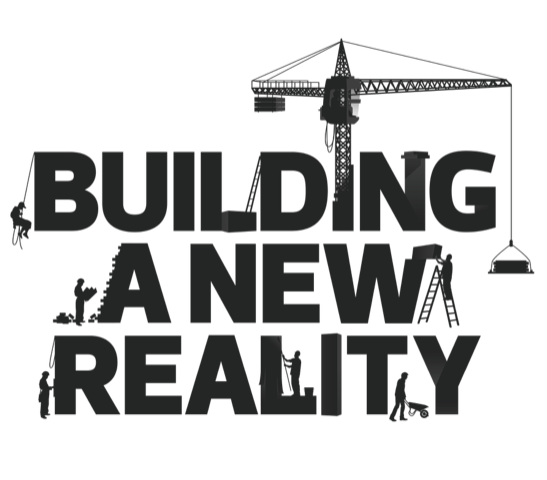Most people think of Detroit, Michigan in negative terms. Like the guy who laughed when I said I was going to an international conference in Detroit.
“Attractive destination,” he said, sarcastically.
Despite its reputation as a struggling city, Detroit is building a new reality. I asked Kerra Bolton, an award-winning journalist and frequent CNN contributor, to visit Detroit, specifically because she had never heard of “restorative practices” until she talked to me.
What was it about restorative practices in Detroit that might be of interest to others? I wanted Kerra to offer a fresh and candid appraisal of the grassroots experiments initiated by Detroit native, Henry McClendon.
Henry had called me a decade earlier, saying he’d been following the activities of the IIRP (International Institute for Restorative Practices), from which I retired in 2015. He wanted my organization to help him bring restorative justice to Detroit.

Since then, IIRP’s collaboration with Henry has moved beyond justice to restorative practices for the whole community; to improve relationships in schools, neighborhoods, police, courts, workplaces.
Knowing Henry, I wasn’t surprised by Kerra Bolton’s strong positive response to her weeklong experience in Detroit. Her six articles speak for themselves:
1. My Journey to a New Reality
2. How Restorative Practices Helped Me to Trust the Police
3. Can Better Workplaces Make Detroit a Better City?
4. Restorative Practices Give Hope to Hope Academy Charter School
5. Can Restorative Practices Save Black Lives In Detroit?
6. On Meeting Henry McClendon and Restoring Brokenness
Both liberals and conservatives will applaud these community initiatives. While having favorably impacted many thousands of lives, Detroit’s restorative practices initiative is not “another costly bureaucratic government program,” as conservatives might fear.
Rather, it is a cost-effective, local initiative that relies on IIRP trainings delivered by a local service provider—Black Family Development, Inc.—with philanthropic support from Detroit’s own Skillman Foundation.
Sustainability, however, is a critical issue.
Previous efforts to establish “a restorative city” or state or province, undertaken by government agencies, have usually faded away when the leadership and politics change. Detroit’s new reality, however, may prove to be more durable and more authentic, precisely because it does not rely on the government to sustain it.
While they train schools and other government agencies in restorative practices, what Henry McClendon and his colleagues are doing differently is that they are embedding restorative practices in the hearts and minds of the whole community.
Talk is cheap. People spend lots of time fighting with the existing reality. However, Buckminster Fuller—one of the great innovators of the twentieth century—warned that “You never change things by fighting the existing reality. To change something, build a new model that makes the existing model obsolete.”

Detroit’s restorative practices movement is a such a new model. Its innovative efforts were recently highlighted at an international conference in Detroit, where people from around the globe came to explore new possibilities.
Those of us here at the BuildingANewReality.com website will keep you informed about Detroit’s bold experiment in engaging people with more voice, more choice and more shared responsibility.

